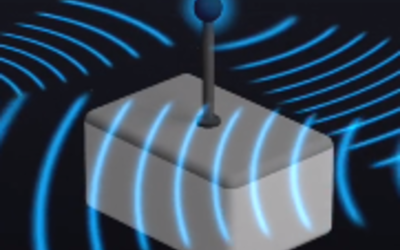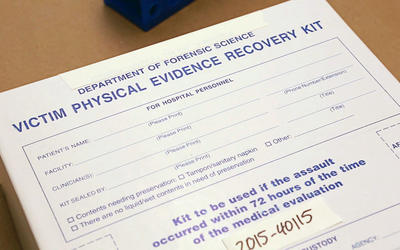Small amounts of chemicals, such as gunshot residue or explosives, can remain on a suspect’s hands or clothing. Bits of fiber, strands of hair, flecks of paint, or shards of glass are also often left at a crime scene or carried away from it. These are examples of trace evidence, and forensic scientists can use them to link items or suspects to a crime.
What we do
We develop methods for accurately detecting, measuring, and analyzing very small fragments and quantities of evidence, and we produce standard reference materials and data to help forensic laboratories validate the accuracy of their methods and measurements.
The Research
Additional Resources Links
News and Updates
Stay in Touch
Sign up for our newsletter to stay up to date with the latest research, trends, and news for Trace evidence.






